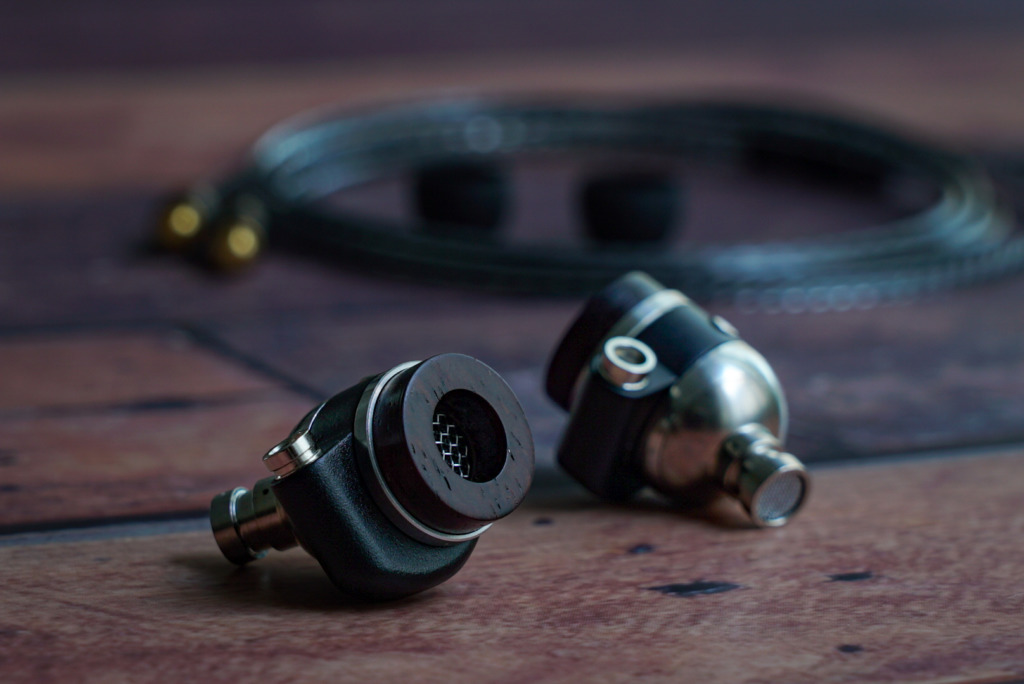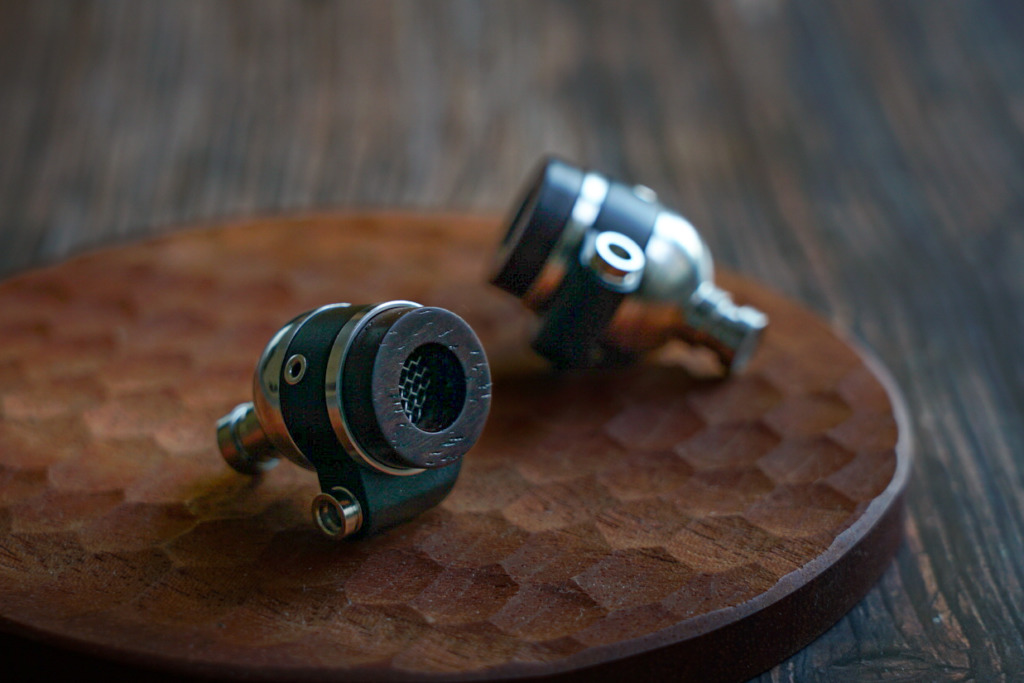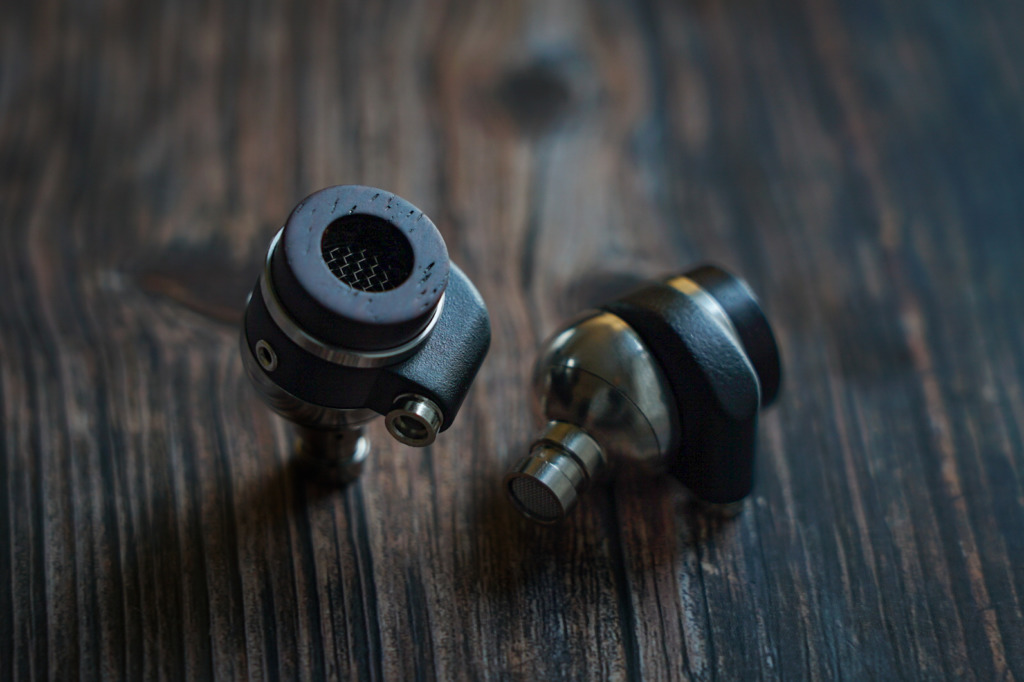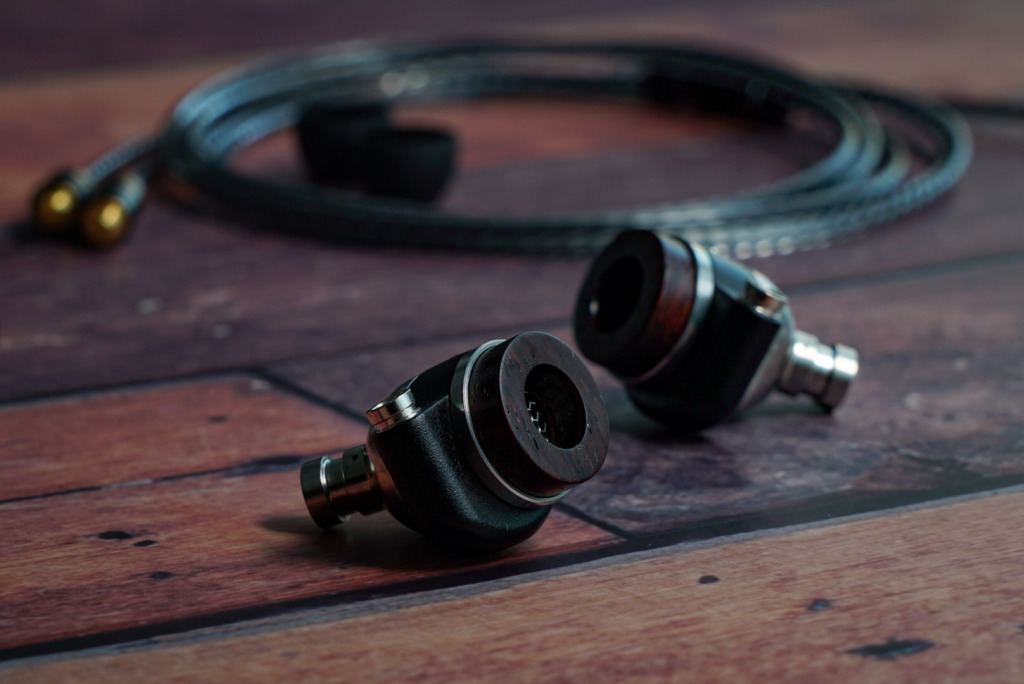LOAK2(OP) has been released. Information about the product is available on the 634EARS product page (link provided below), so in this blog, we’d like to delve into the details of LOAK2(OP), compare its sound to other models, and explain the wood materials used in the rear housing.
Details of LOAK2(OP)
LOAK2(OP) is the version of LOAK2 with an open-back rear housing. It might be seen as a successor to the old LOAK-T(OP), but in terms of sound, it’s closer to the open-back design of LOAK-T(CL).
Housing:
The housing configuration is also detailed on the LOAK2 page of our website, but it consists of the following components:
Front Housing: Titanium
Body Housing: Stainless Steel (with resin only in the MMCX section)
Rear Housing: Wood
Both titanium and stainless steel are precision-machined. While we considered 3D printing for the more complex shape of LOAK2, we prioritized precision machining for higher build quality compared to previous LOAK models.
The front housing is similar in shape to the old LOAK, but with a slightly different internal structure. We’ve incorporated thin stainless steel in the area where the driver is secured. Titanium and aluminum are excellent materials for transmitting sound from the driver to the nozzle tip, but they are less effective at damping the vibrations of dynamic drivers. By integrating stainless steel into the driver’s contact area, we effectively dampen the vibrations of the dynamic driver, resulting in powerful bass and a clean sound.
The MMCX section is designed to extend from the housing not directly related to sound. On the driver’s rear side, a combination of metal and wood is used to adjust the movement of the diaphragm. This unique structure is produced using resin material via 3D printing due to its specialized nature.
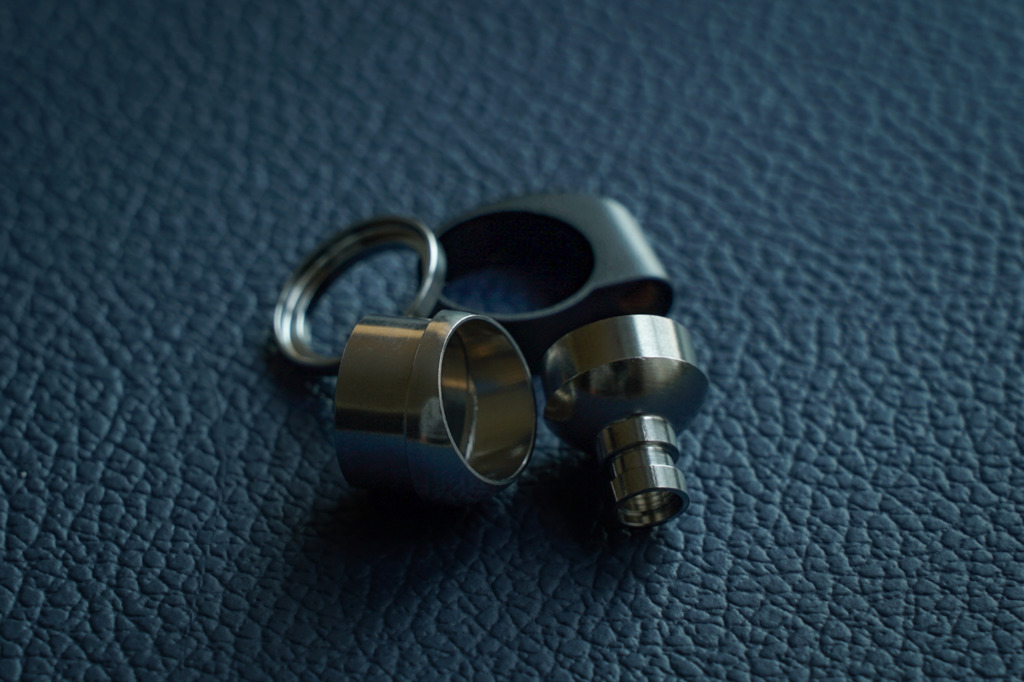
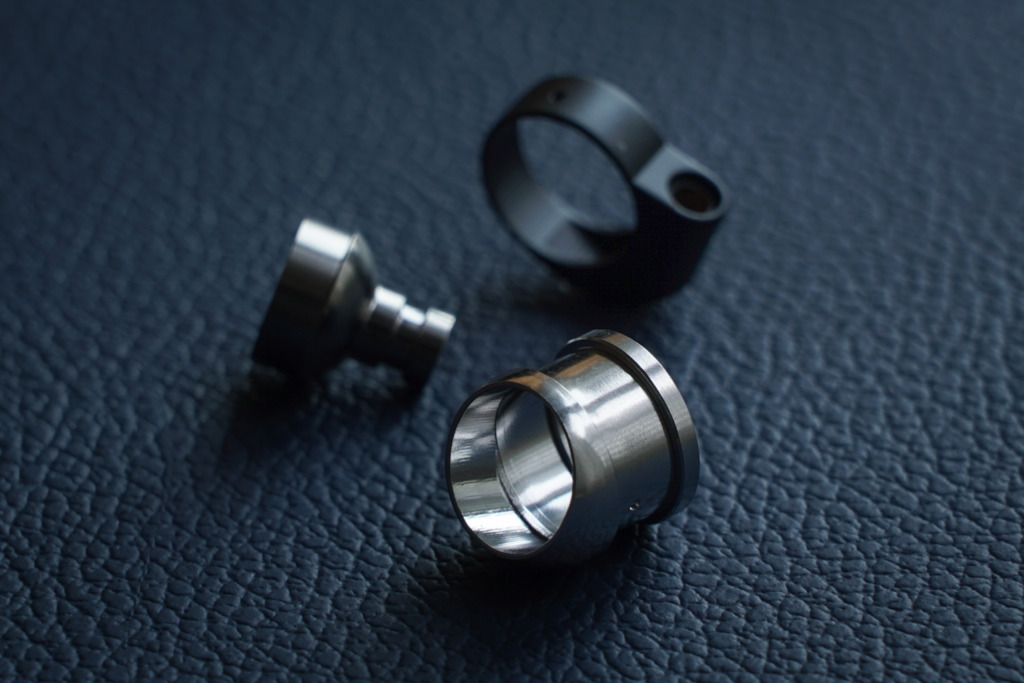
Sound Quality
The sound characteristics are inherited from the former LOAK-T, with delicacy, lightness, expansive soundstage, and good sound separation. It is close to the sound of a combination of the former LOAK-T (OP) and the former LOAK-T (CL), and reproduces the bandwidth balance of the former LOAK-T (CL) with the open-back structure of the former LOAK-T (OP).
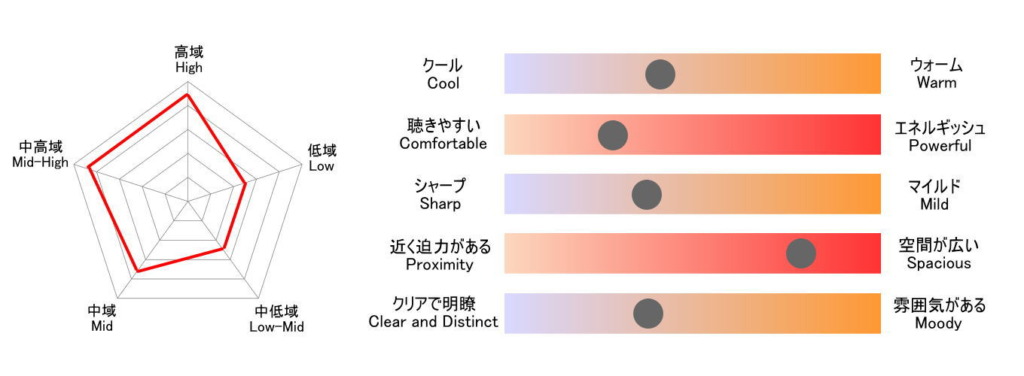
Comparison with Previous Models :
If you prefer a sound with a relatively crisp and clear profile, LOAK2(OP) could be an excellent choice. It offers a lighter, pleasant sound with a brighter and clean mid-to-high range. However, in terms of sound lightness and openness, the older LOAK-T(OP) surpasses LOAK2(OP), so if you’re considering an upgrade from an older model, please take that into account.
Comparison with LOAK2(CL) :
LOAK2(CL) has a very different sound profile; CL has a slightly thicker sound, more energetic and powerful. In terms of sound characteristics, LOAK2(CL) has a tonal balance similar to the older model LOAK-TC, especially in the low and midrange, which is distinct from LOAK2(OP).
LOAK2(OP) has a slimmer, clearer sound, with improved individual sound contours and clarity. However, due to its weaker low frequency range, LOAK2(CL) may be more suitable for a wider range of music genres.
Comparison with PROTOTYPE :
The PROTOTYPE series, in general, offers a thicker sound profile compared to the slim and clear sound of LOAK2(OP). PROTOTYPE01(LP01) shares some similarities in terms of spaciousness with LOAK2(OP), although there is a nuanced difference in the impression. While LOAK2(OP) provides a sense of spaciousness, LP01 offers an open, pleasant, and airy sound representation, resulting in a slightly different nuance.
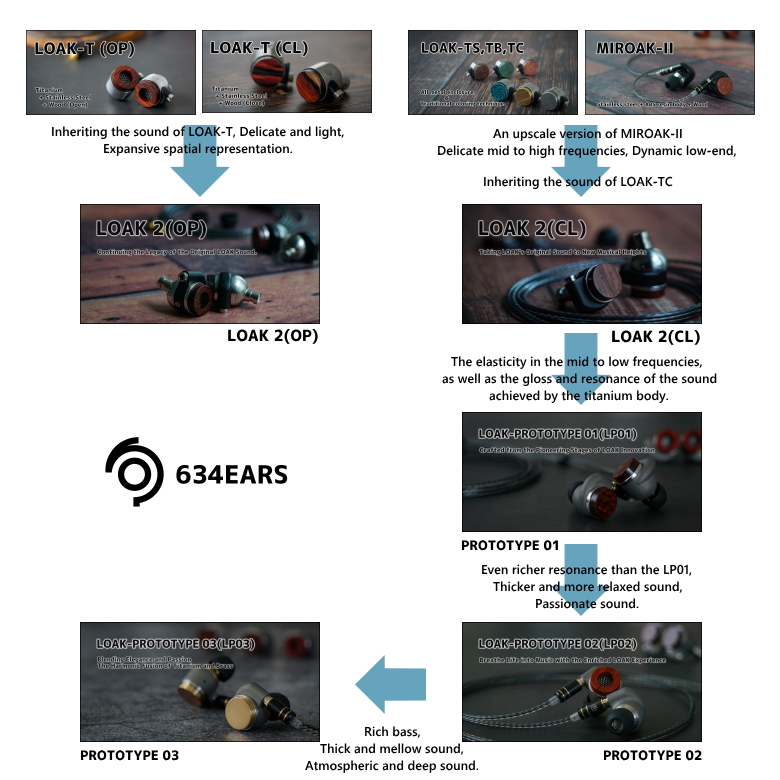
About the Wood Material for the Rear Housing :
Since it’s an open-back design, the difference in sound quality due to the wood material is not significantly pronounced. Nevertheless, there are some variations based on factors like the wood’s hardness, softness, density, and so on. These differences might be somewhat perceptible when listening to earphones of the same model with different wood choices, but compared to the CL model with the rear housing being closed, the distinctions are rather subtle. Thus, there’s no need to be overly concerned.
To bring out the characteristics of LOAK2(OP), I would recommend choosing “hardwood” or “wood with hardness relative to its density.” This choice tends to result in a more airy and crisp sound.
For instance, I used Ching-chan wood, which offers slender but distinctly clear and contrasting sound. If you prefer a slightly lighter and gentler sound, woods like Padauk, Zebrawood, bamboo laminates, or teak might be appropriate, as they possess “hardness relative to density.”
Conversely, if you seek a stronger sound with enhanced contours, opting for harder and denser woods would be suitable. Snake wood or ebony, for example, fits this description. However, in such cases, there might be a slight peak in the high frequencies. Nevertheless, since it’s an open-back design, you need not be overly concerned about this.
